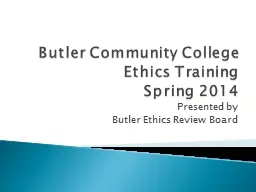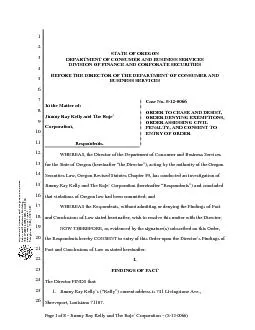PPT-Strengthening Dr Michelle Butler, Dominic Kelly,
Author : pressio | Published Date : 2020-06-17
Dr Cate McNamee 31 August 2018 Explaining disparities in prison misconduct Why do some amass more adjudications than others Views expressed are those of the authors
Presentation Embed Code
Download Presentation
Download Presentation The PPT/PDF document "Strengthening Dr Michelle Butler, Domini..." is the property of its rightful owner. Permission is granted to download and print the materials on this website for personal, non-commercial use only, and to display it on your personal computer provided you do not modify the materials and that you retain all copyright notices contained in the materials. By downloading content from our website, you accept the terms of this agreement.
Strengthening Dr Michelle Butler, Dominic Kelly,: Transcript
Download Rules Of Document
"Strengthening Dr Michelle Butler, Dominic Kelly,"The content belongs to its owner. You may download and print it for personal use, without modification, and keep all copyright notices. By downloading, you agree to these terms.
Related Documents














